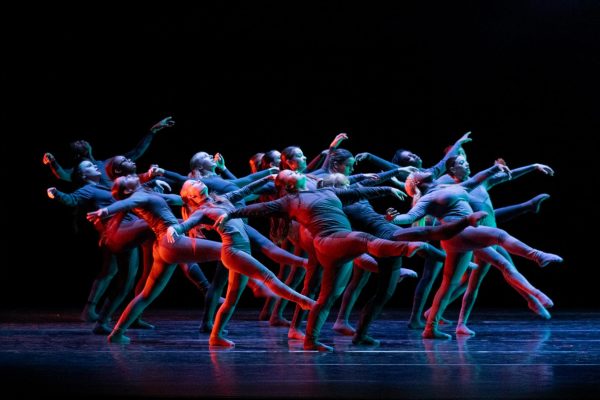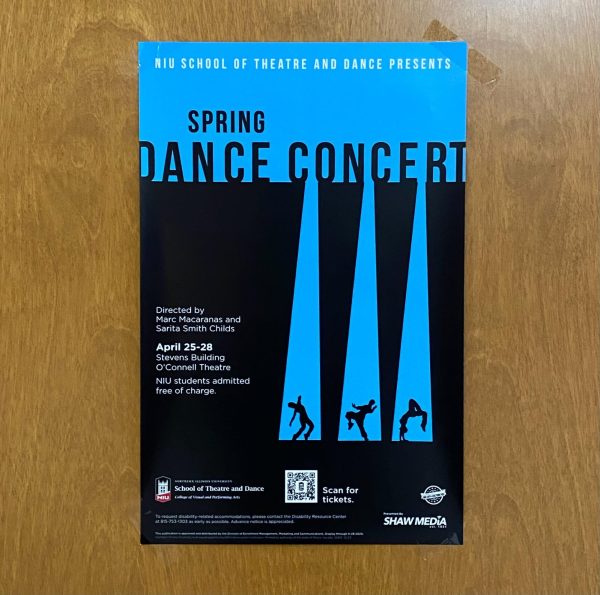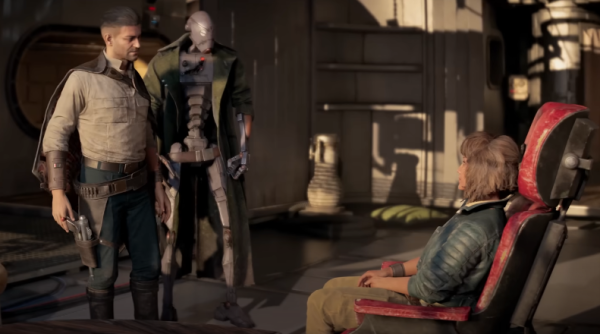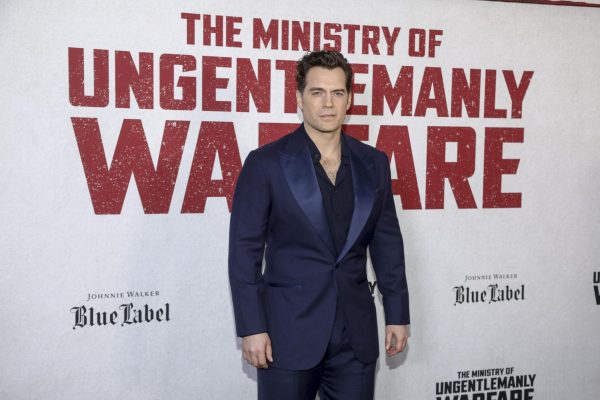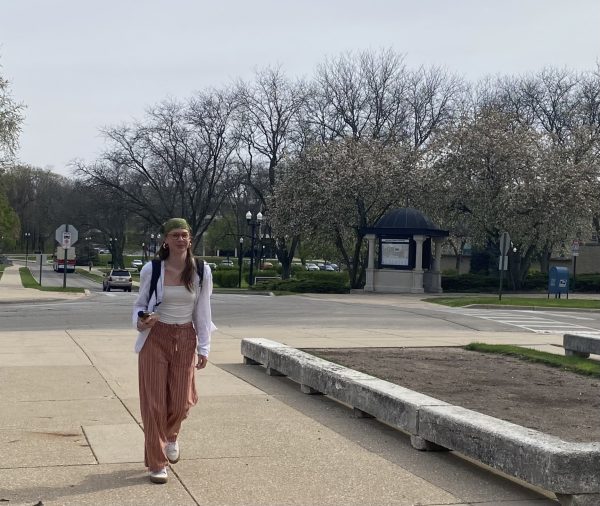Visual albums evolving since ‘60s
August 29, 2016
The way music artists introduce their sounds to the world today is in a state of transformation because of the rise of visual albums.
A visual album is like any other album except it provides imagery to go along with it to help tell the song’s story. These albums are usually longer than a music video, but shorter than a feature film.
It has taken a long time for an artist to create a successful visual album, but the ones being released today are cumulative of all the experimentation and modification in the past.
Visual albums of today have a long list of artists to thank for their success, including The Beatles, Elvis Presley and Michael Jackson.
While only lately have visual albums been released in broad formats, they have been around since the ‘60s when The Beatles and Elvis Presley released films to accompany their music such as “Help!”, “A Hard Day’s Night” and “Jailhouse Rock.” Things have changed since then, especially with the music video craze on MTV in the ‘80s, and now we have albums that tell a visually linear story.
The visualization of music deserves a nod towards Michael Jackson’s 13-minute short film of “Thriller,” filmed in ‘82. This video was released to widespread acclaim and was even shown to the Academy of Motion Picture Arts and Sciences. It is a playful, well-crafted blend of filmmaking and music that is both MTVs first world premiere video and an iconic stamp on pop culture. The video is also a touchstone for visual albums today as it kick-started the trend for artists to provide better context for their music through imagery that involves narrative and screenplay.
Beyoncé’s visual album “Lemonade,” released April 23, is perhaps the most successful visual album in history. It had its surprise premiere on HBO and was released on Tidal, Amazon Music and iTunes to wild popularity and has been nominated for four Emmy’s. The film features stunning visuals, resonating lyrics and captures the themes of the zeitgeist such as Black Lives Matter and feminism.
Another popular visual album is Kanye West’s 2010 music video film, “Runaway.” It is a 35-minute compilation of songs from his album, “My Beautiful Dark Twisted Fantasy.” It is a highly creative film in terms of scope and has inspired artists to make their music tap into a deeper line of thought through the visualization of their albums. This album is most like the one’s of today in terms of length and release. It’s success has played a key role in getting more projects like it to get produced.
The album everyone is talking about today is Frank Ocean’s “Blonde.” It was released exclusively to iTunes and Apple Music on Aug. 20 and currently has a score of 89 out of 100 on Metacritic, according to Metacritic.com.
With music videos on the way out, visual albums are the sign of the times as they allow a viewer to see the meaning behind a collection of songs as well as hear it.


